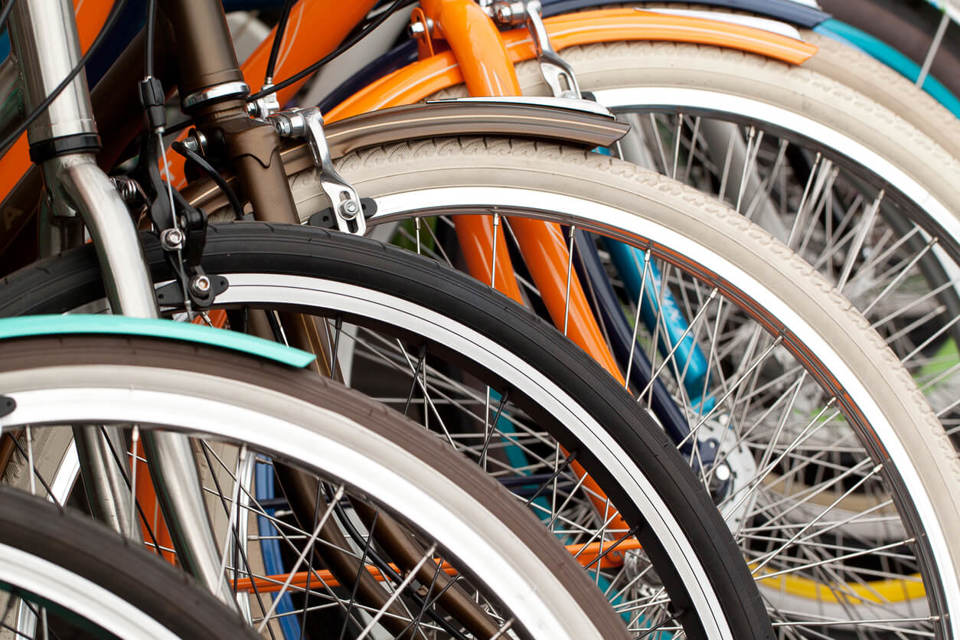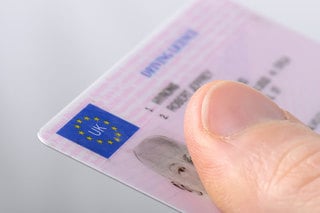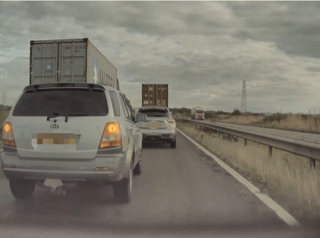RoSPA is calling for safer roads for pedestrians and cyclists, and better driver awareness, following the publication of annual casualty statistics for Scotland, which show a rise in pedestrian and cyclist deaths.
The annual road casualty figures for Scotland in 2012, show that overall road deaths fell by 6% to 174 last year. This continues the trend of substantial reductions in road deaths in recent years, which have fallen by 43% over the last decade.
However, the number of pedestrians killed in 2012 rose by 33% to 57 and the number of cyclist casualties rose by 9% to 901. Nine cyclists were killed, two more than in 2011, and serious injuries also rose to 167, an increase of 7%.
Transport Scotland's report highlights the increased popularity of cycling on Scotland's roads, which may have contributed to the rise in the number of cyclist casualties.
Kevin Clinton, head of road safety at the Royal Society for the Prevention of Accidents (RoSPA), said: "The good news of a continuing drop in road deaths in Scotland in 2012 is marred by the increase in pedestrian and cyclist deaths and casualties.
"We need to redouble our efforts to make sure that pedestrians and cyclists do not pay the price of more walking and cycling, especially as the improving economy results in more road traffic.
"It is vital to create a safe and attractive environment for pedestrians and cyclists, including more 20mph schemes, safe and attractive pavements and footways, well designed, convenient safe crossing places, coherent safe cycling networks, including cycle lanes and tracks, linking quieter streets, and developing off-road routes where possible.
"We also need to hammer home the message to drivers to keep their speed down, watch out for pedestrians and cyclists and give them enough room on the road."
RoSPA is also urging drivers to keep an eye out for vulnerable road users and to watch their speed now the clocks have gone back. Pedestrians, including joggers, are also being reminded that it is hard for motorists to see them if they are wearing dark clothing.
Cyclists and pedestrians should "be seen and be safe" by wearing brightly-coloured or fluorescent clothing in daylight and reflective clothing or accessories in the dark. By law, cycles must have front and rear lights switched on in the dark and be fitted with reflectors.
Employers who have staff who drive for work have a crucial role to play in keeping Scotland's roads safe for everyone, by ensuring that their drivers are well trained and aware of how their driving affects others.
Free advice and support for employers is available from the Scottish Occupational Road Safety Alliance (ScORSA). Visit www.scorsa.org.uk.


















Login to comment
Comments
No comments have been made yet.